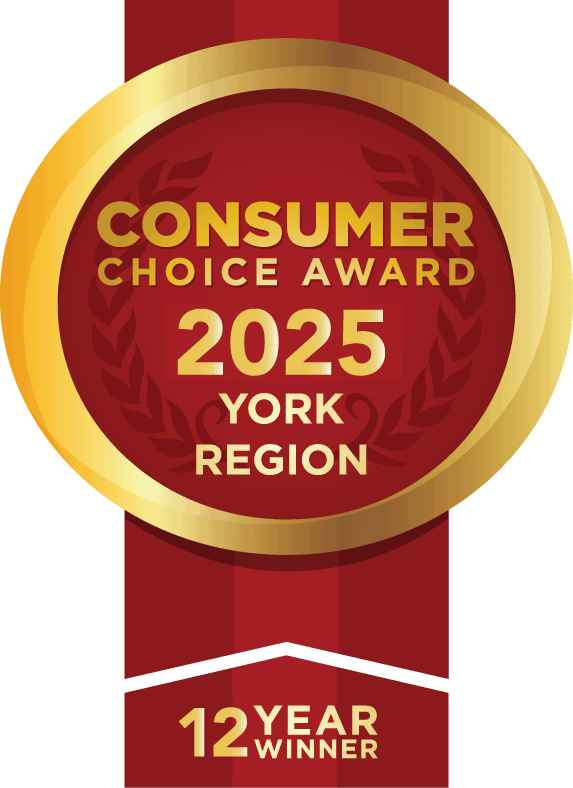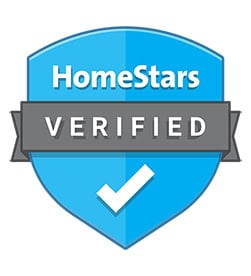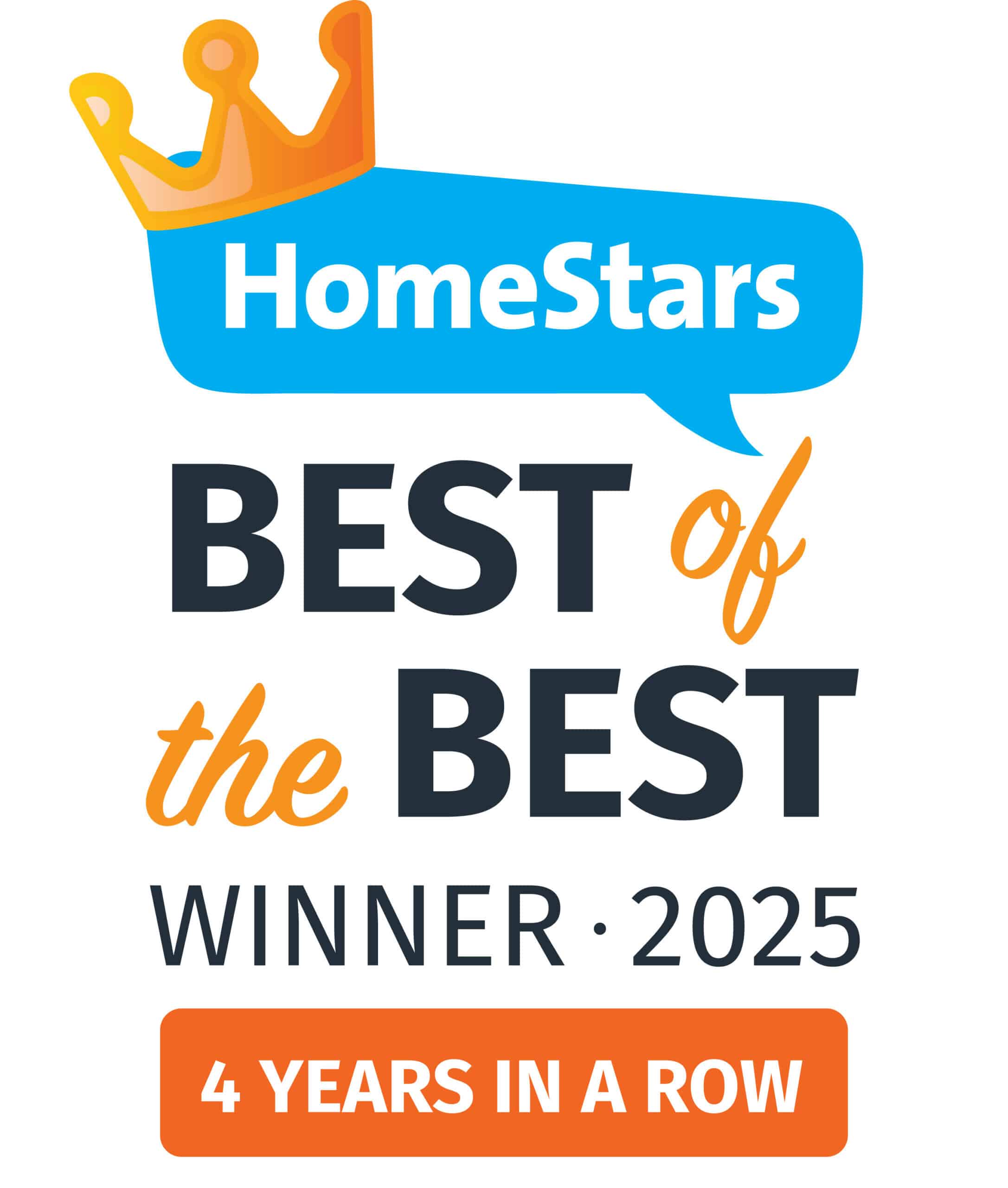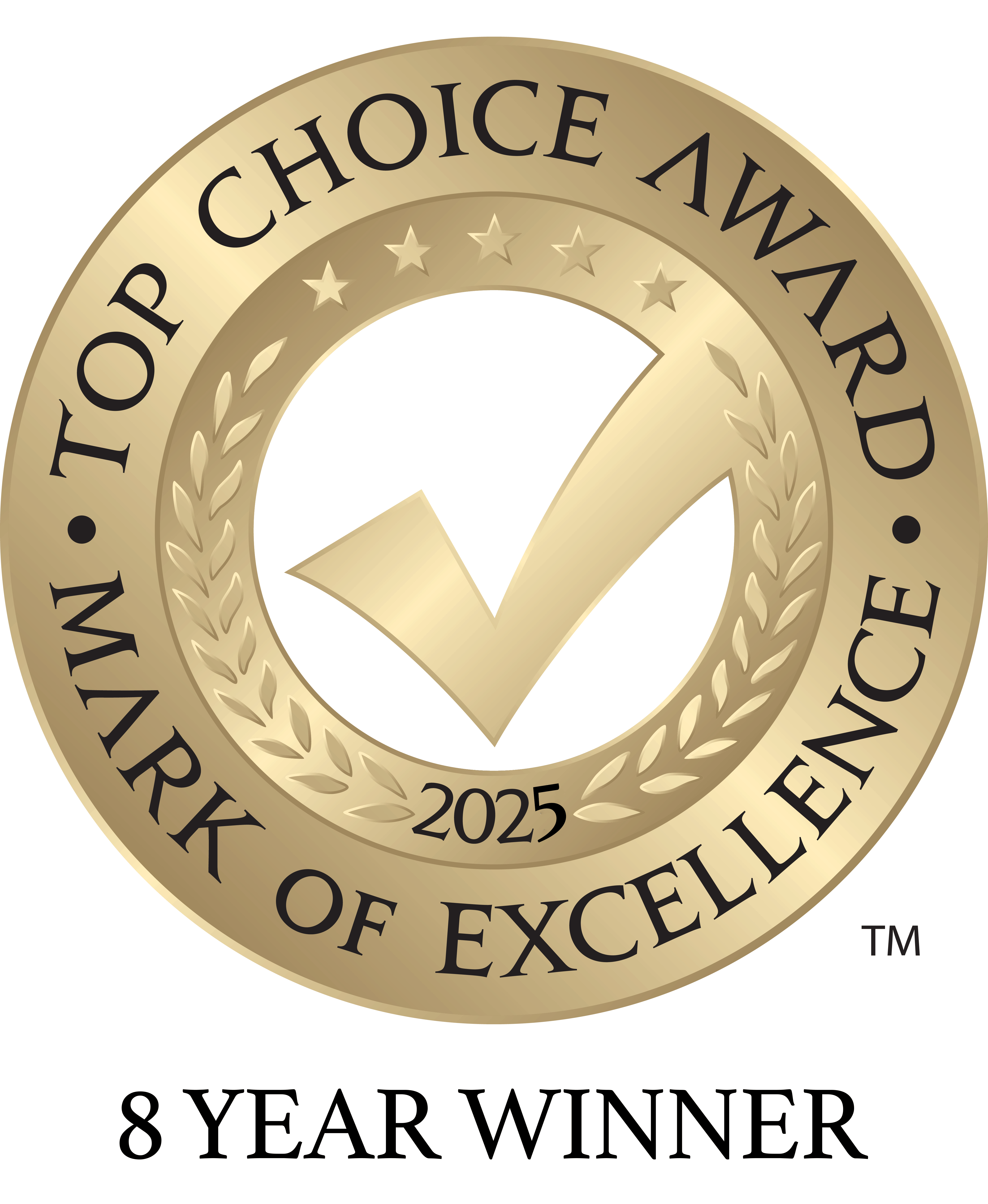Integrated Pest Management
Integrated Pest Management – Code Of Practice
IPM accredited companies and organizations will:
Agree to follow the IPM Code of Practice.
Focus their businesses on the promotion and implementation of cultural practices such as using optimum soil depth and quality, suitable turf varieties, over-seeding, proper mowing heights, watering, fertilizing, aeration and de-thatching as components for maintaining healthy lawns and preventing pest problems.
Encourage, educate and solicit the assistance of the property owner/manager in ensuring that optimum cultural practices are followed.
Monitor customers’ lawns for pest infestation at regular intervals, maintain a log of observations and provide the collected monitoring data in support of a province-wide monitoring network and database. This information will be relayed to a provincial monitoring database every two weeks from March to November.
Support the principles of Integrated Pest Management as defined by Health Canada: Integrated Pest Management or IPM “is a decision-making process that uses all necessary techniques to suppress pests effectively, economically and in an environmentally sound manner to sustain healthy landscapes.”
The elements of IPM include:
- Identifying potential pest organisms
- Monitoring pest and beneficial organism populations, pest damage, and environmental conditions
- Managing ecosystems to prevent organisms from becoming pests
- Managing pest populations using strategies that combine biological, cultural, mechanical, behavioural, and when necessary, chemical control
Support mandatory IPM re-certification for all licensed employees.
Document pesticide reduction and pesticide alternative strategies through IPM and agree to monitor and keep records of pesticide use (active ingredient per square metre) for audit purposes.
Offer a pesticide-free alternative to customers who choose not to use pesticides.
Not apply pesticides unnecessarily.
Not sell programs that are based on numerous pesticide applications, but rather encourage programs based on IPM-PHC.
Use pesticides only after rigorous examination (monitoring) and diagnosing, and in combination with additional horticultural measures.
Prepare all sites for proper application; i.e. remove items from the lawn, etc.
Apply treatments that are properly timed to maximize effectiveness. Preventative treatments are discouraged and will only be used based on pest history as locally monitored. A province-wide monitoring system will also be utilized.
Utilize spot treatments for the control of weeds and insects. Blanket applications are only used if warranted.
Implement an effective staff training and safety procedure.
Apply pesticides only to target areas.
Implement buffer zones (where necessary) when making applications adjacent to sensitive sites.






